The Rimfire Report: Remington Standard V .22LR - First Look

Hello and welcome to another edition of The Rimfire Report! This ongoing series is all about the rimfire firearm world and its many types of firearms, shooting sports, ammunition, and history! I’m back at the helm again because Remington sent over some of their ammo for a hands-on review on AllOutdoor (our sister site). I'm gonna leave any in-depth testing articles to Luke, but today I wanted to share my first impressions of a newer offering in the budget .22LR market - Remington's Standard V ammunition.
More Ammo on Rimfire Report @ TFB:
- The Rimfire Report: Federal Classic 40 gr CPRN - Still Good?
- The Rimfire Report: The Ultra Hot CCI Stinger In Ballistic Gelatin
- The Rimfire Report: Is Federal Automatch Secretly the Best Bulk Ammo?
- The Rimfire Report: CCI Velocitor As A 22LR Self-Defense Cartridge?
- The Rimfire Report: Testing SK High Velocity 22LR Match Ammo
The New Kid on the Block
Remington's Standard V line is positioned as their solution for high-volume shooters looking for economical .22LR cartridges. Available in both Lead Round Nose (which I'm looking at today) and Hollow Point options, it's marketed for everything from teaching beginners to plinking targets and chasing varmints.
Let's get the specs out of the way first:
- Caliber: .22 Long Rifle
- Grain Weight: 38
- Bullet Style: Lead Round Nose
- Muzzle Velocity: 1080 fps
- Ballistic Coefficient: .109
- Package Quantity: 550 rounds
- Current MSRP: $41.99
At roughly 7.6¢ per round (when purchasing the 550-round box), the Standard V falls firmly into the budget category. But is it any good? Well, let's just say I was curious enough to bring a whole box out to the range along with a variety of .22 firearms to find out.
The Arsenal
To get a good feel for how these rounds perform across different platforms, I grabbed a hodgepodge of rimfire firearms:
- Savage MKII (bolt-action rifle)
- Remington 550-1 (semi-auto rifle)
- Beretta Bobcat Covert (pocket pistol)
- Smith & Wesson M&P22C (compact semi-auto pistol)
- Stoeger Luger .22 (older semi-auto pistol)
- Charter Arms Explorer II (that weird broomhandle from the '80s)
I wanted a mix of actions, barrel lengths, and designs to see how versatile these rounds really are. I even specifically brought along the Stoeger Luger because it's notoriously finicky with lower velocity ammo. If Standard V can run in that picky eater, it can run in just about anything.
First Impressions
Cracking open the box, the first thing I noticed was that the ammunition looked... well, like budget .22LR ammunition. Some case tarnishing and blotches were visible on the brass, but I didn't spot any concerning bullet defects. It's not winning any beauty contests, but at this price point, I'm more concerned with how it shoots than how it looks.
The ballistic data for Standard V shows pretty much what you'd expect from a subsonic .22LR load:
- Velocity drops from 1080 fps at the muzzle to about 900 fps at 100 yards
- Energy starts at around 98 ft-lbs and falls to about 69 ft-lbs at 100 yards
- You'll see approximately 5 inches of drop at 100 yards
- Wind drift starts to become more significant beyond 50 yards
Since this is marketed as economical plinking ammo, I wasn't expecting match-grade consistency. And that's exactly what I found – these rounds work, but I could definitely hear some velocity inconsistencies when running them through the suppressed Beretta Bobcat and S&W M&P22C. Later, when shooting at 50 yards with the Savage MKII, those inconsistencies became more apparent in group sizes.
How'd It Run?
Reliability was surprisingly good across most platforms. Five out of my six test guns ran the Standard V without hiccups. As expected, the Stoeger Luger had some feeding issues – but I've yet to find an affordable .22 round that runs flawlessly through that finicky beast.
For suppressed shooting, the subsonic 1080 fps velocity is a real sweet spot. These rounds produced that satisfying "thwip" sound through the cans on both the Beretta and the Smith & Wesson. If you're running suppressed .22s, the Standard V deserves consideration on this factor alone.
What about fouling? I didn't notice anything unusual after putting a full box through various firearms. No excessive buildup or cleaning headaches to report. Just normal .22LR dirtiness that we've all come to know and love.
What's It Good For?
Based on my first impressions, I'd say Remington's Standard V is best suited for:
- Suppressed shooting: The subsonic velocity makes these naturally quiet with a can.
- Casual plinking: More than accurate enough for informal target shooting.
- Training new shooters: Low recoil, moderate report, decent reliability.
Where it might fall short:
- Precision competition: The velocity inconsistencies I heard and observed likely place this below dedicated match grades.
- In finicky firearms: If your gun is picky about what it eats (like my Stoeger Luger), you might have issues.
Final Thoughts
Remington's Standard V isn't breaking new ground in the budget .22LR space, but it is offering shooters a reliable option for high-volume shooting sessions at a reasonable price. Is it going to win you a benchrest competition? No. Will it reliably punch holes in paper, ping steel, or ventilate soda cans? Absolutely.
For the everyday shooter looking to stock up on plinking ammo that won't break the bank (and will actually work in most firearms), Standard V deserves a look. And if you're shooting suppressed, these naturally subsonic rounds are a particularly good match.
That wraps up another edition of The Rimfire Report. Hopefully, this first look at Remington's Standard V gives you some food for thought next time you're perusing the ammo shelves. As always, thank you for stopping by to read The Rimfire Report and we'll see you all next week!

Staff Writer: TheFirearmBlog & AllOutdoor.com | Certified Gunsmith | Published Author | Firearm History Enthusiast
More by Sam.S







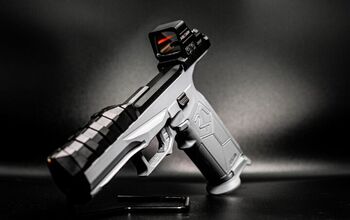


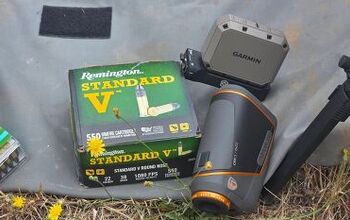
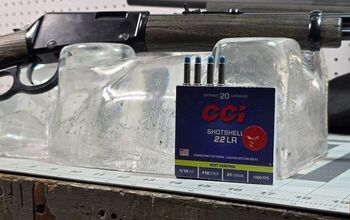
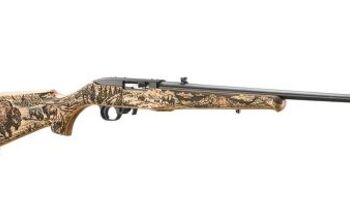
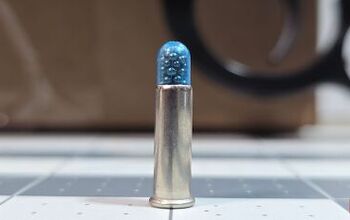

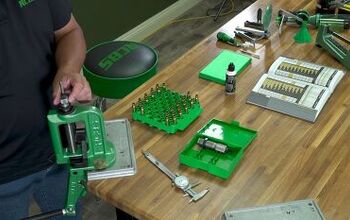


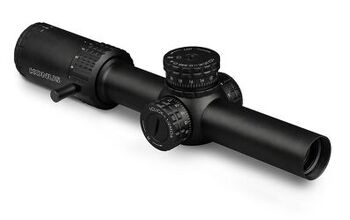
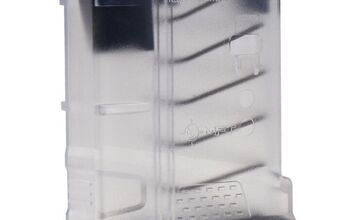



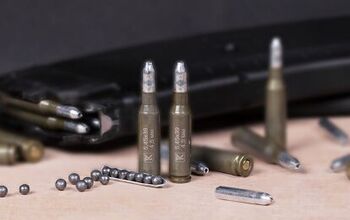
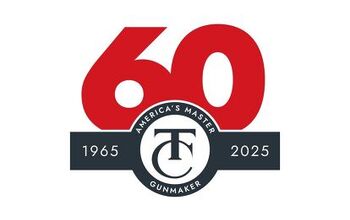
Comments
Join the conversation
Less than 10 cents per round for subs is definitely interesting. I wonder how it will do in a cmmg type AR guns?
I can get Agulia high velocity or subs for 6¢ per round delivered. Why would I use Remington trash?